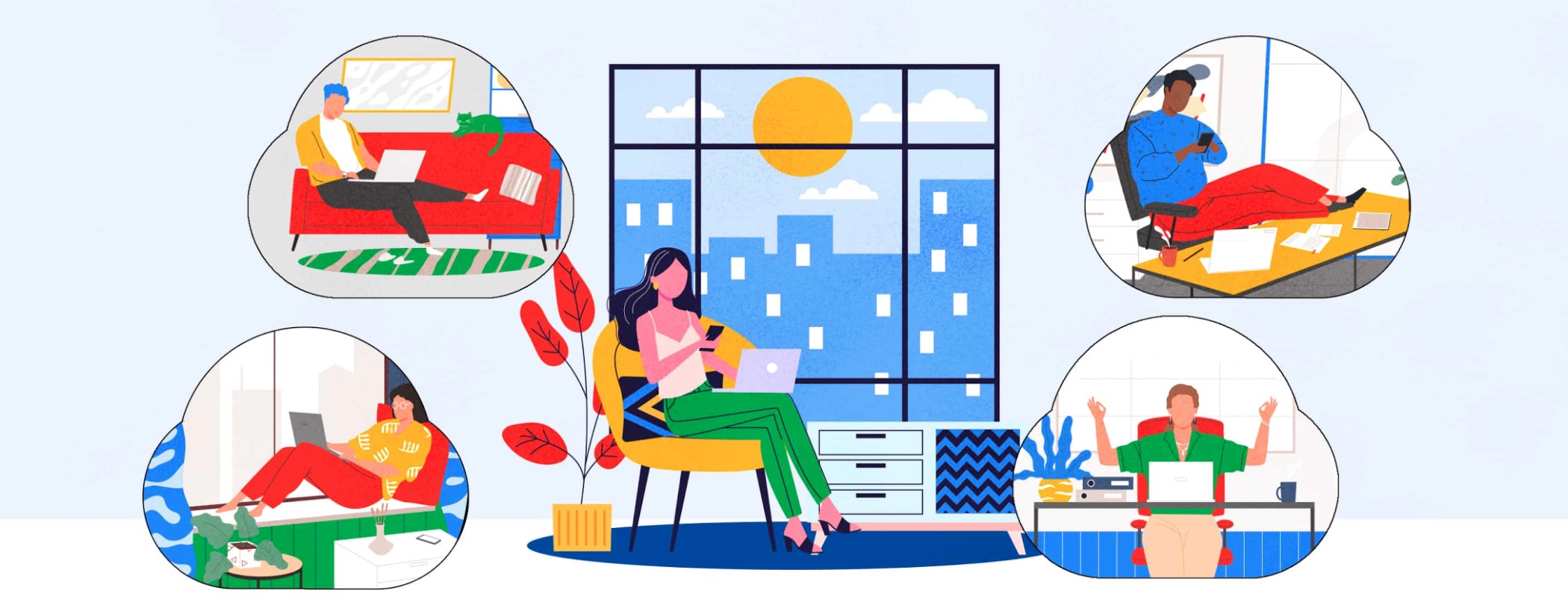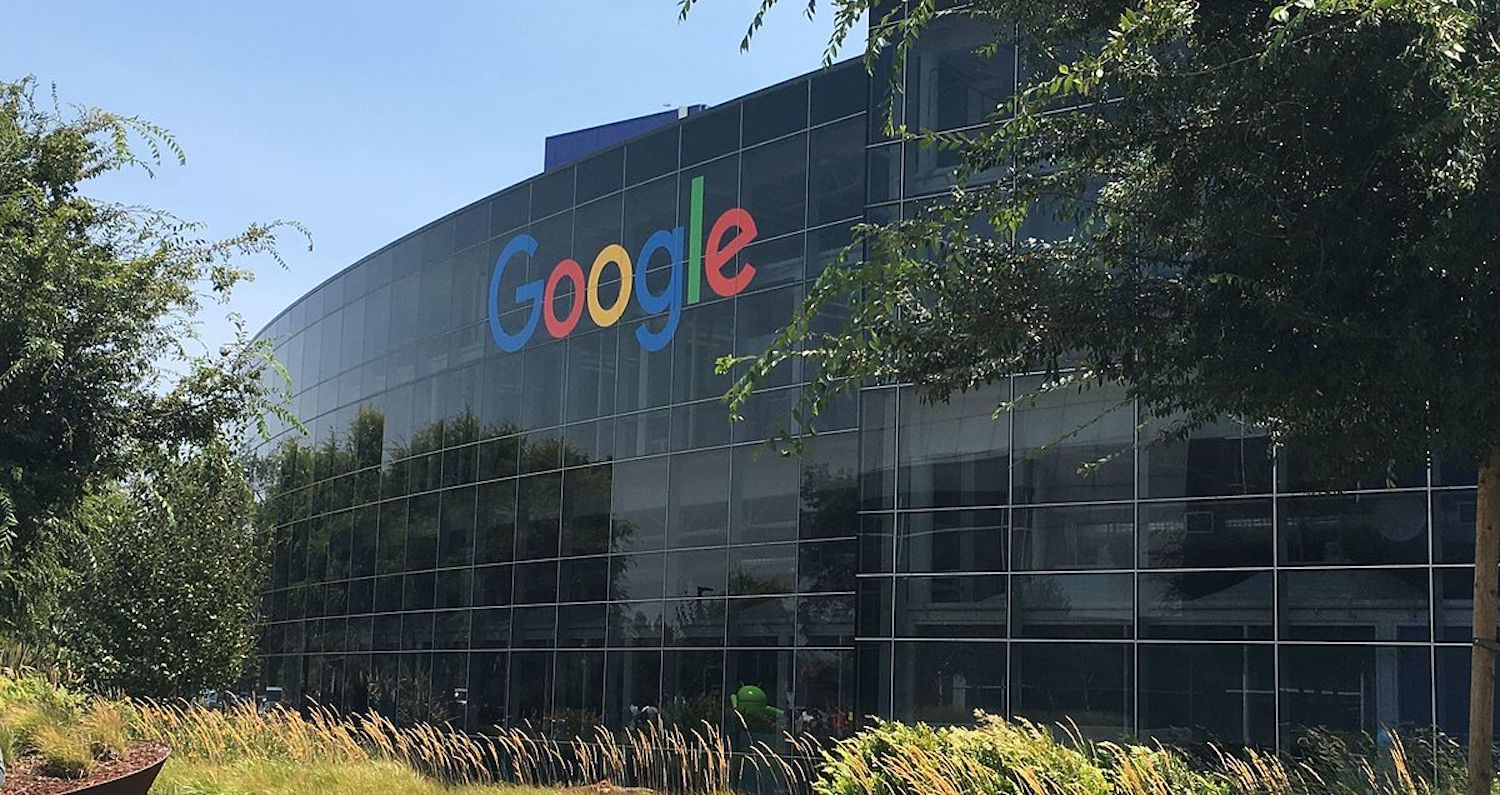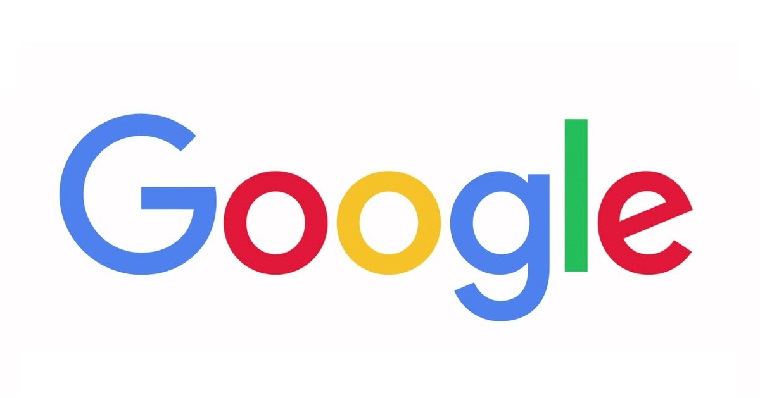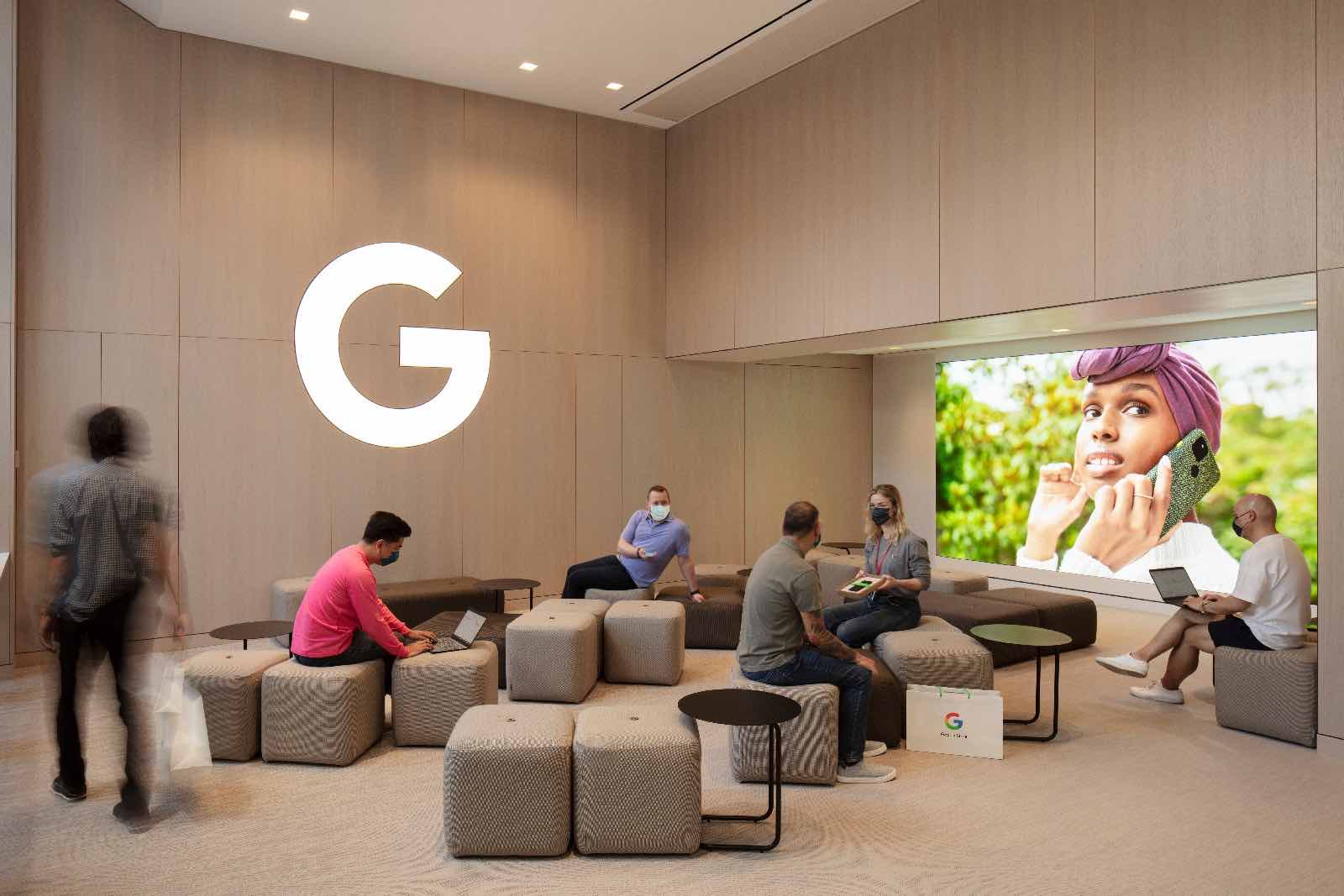If you like to combine listening to music with light effects, and at the same time belong to the owners of lighting elements of the Philips Hue series, we have good news for you. Philips has joined forces with the Spotify streaming platform to offer users a unique experience of listening to their favorite music on Spotify combined with the impressive effects of Philips Hue colored bulbs.
It could be interest you

Philips joins forces with Spotify
The lighting of the Philips Hue product line enjoys great popularity among consumers around the world. Philips has recently teamed up with the operators of the music streaming platform Spotify, and thanks to this new partnership, owners of the mentioned lighting elements will be able to enjoy their favorite music from Spotify combined with the impressive effects of bulbs and other lighting elements. There are quite a few ways to synchronize listening to music with home lighting effects, but many of them require the ownership of specific software or external hardware. Thanks to the connection between Philips and Spotify, users will not need anything other than compatible Philips Hue light bulbs except the Hue Bridge, which automatically arranges everything necessary after connecting the lighting system with a user account on Spotify.

After connecting the two systems, the lighting effects are automatically fully adapted to the specific data of the music being played, such as genre, tempo, volume, mood and a number of other parameters. Users will also be able to customize the effects themselves. The effects will work regardless of whether the user has a premium or free Spotify account. The only conditions are therefore the aforementioned ownership of the Hue Bridge and Philips Hue color bulbs. The ability to connect the Philips Hue system to Spotify started rolling out via a firmware update yesterday, and should be available to all owners of Philips Hue devices within the week.
Google is delaying the return of employees to the office
When the global pandemic of the disease COVID-19 broke out in the first half of last year, the vast majority of companies switched to a system of working from home, with which they have remained to a greater or lesser extent until now. The forced transition to the home office did not escape even such giants as, for example, Google. Along with how the number of cases of the aforementioned disease decreased, and at the same time the number of vaccinated people also increased, companies gradually began to prepare for the full return of their employees back to the offices. Google had planned to return to the classic work system this fall, but partially delayed the return until the beginning of next year.
Google CEO Sundar Pichai sent an email message to his employees in the middle of this week, in which he said that the company is extending the possibility of returning to a physical presence in the workplace on a voluntary basis until January 10 of next year. After January 10, mandatory presence at the workplace should be gradually introduced in all Google establishments. Everything will, of course, depend on the current situation and possible anti-epidemic measures in the given areas. According to the original plan, Google employees were supposed to return to their offices already this month, but the management of the company finally decided to postpone the return. Google is not the only company that has decided to take a similar step - Apple is also finally delaying the return of employees to the offices. The reason is, among other things, the spread of the Delta variant of the disease COVID-19.



